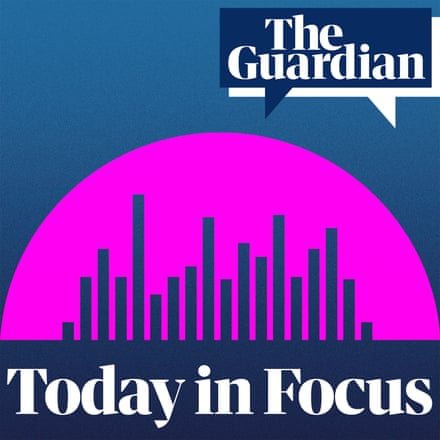How meme stars of the early internet are striking it rich with NFTs
The growth of non-fungible tokens has given rise to massive windfalls for those behind early virals. Sirin Kale and Alex Hern explain all
On 28 May 2016 the photographer Jeff McCurry was taking pictures of a 17-year-old western lowland gorilla called Harambe in Cincinnati zoo when a child entered the enclosure. The zookeepers reacted by shooting the gorilla dead. The child was unhurt. What was a local story suddenly became a global phenomenon due to the combination of social media and McCurry’s picture. Harambe’s image was everywhere. But, despite his photo being shared billions of times, McCurry did not see much of a financial benefit. Now advances in technology have given the world non-fungible tokens (NFTs) – and McCurry has a way of finally cashing in on his famous image.
The Guardian’s technology editor, Alex Hern, tells Rachel Humphreys that this year’s craze for NFTs follows in the wake of speculation on cryptocurrencies such as Bitcoin. Now similar technology means unique images, film clips, animations and even poems are being bought and sold online for increasingly large sums.
Guardian reporter Sirin Kale has been speaking to stars of the early internet who have this year begun cashing in on their viral images – and from those people willing to pay the large amounts of money needed to acquire these digital collectibles.

The Guardian is editorially independent. And we want to keep our journalism open and accessible to all. But we increasingly need our readers to fund our work.
Support The Guardian